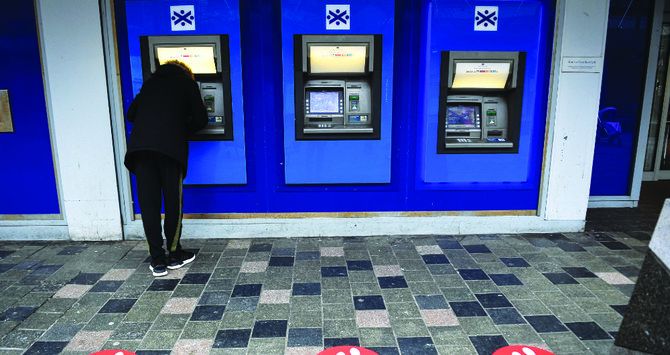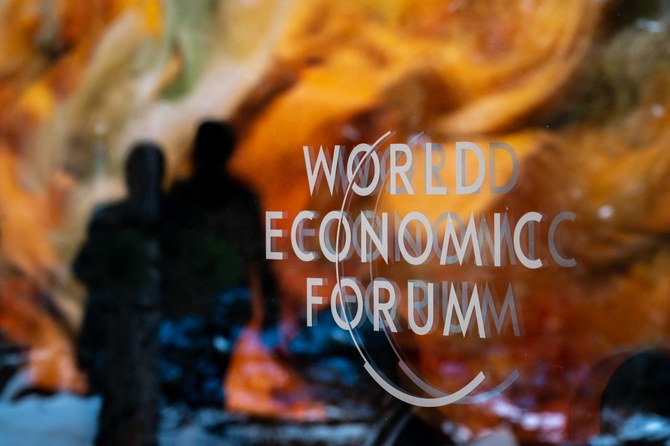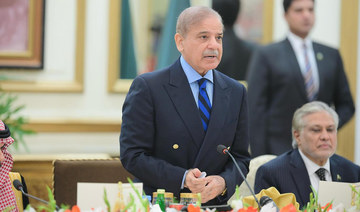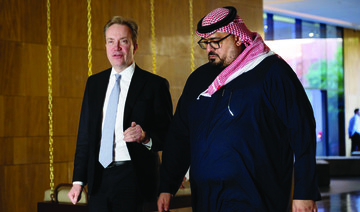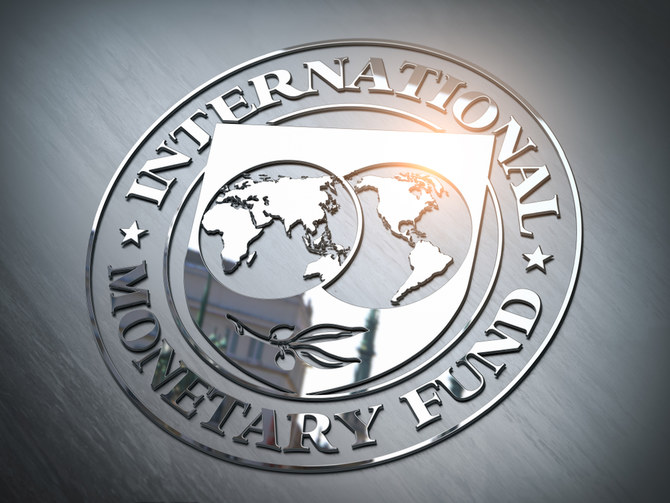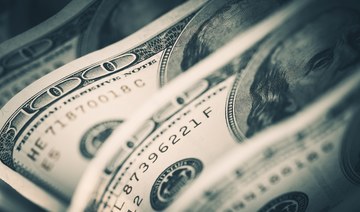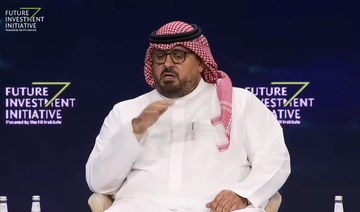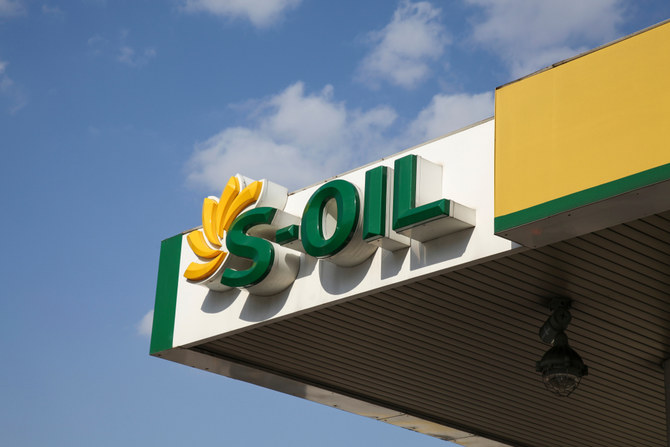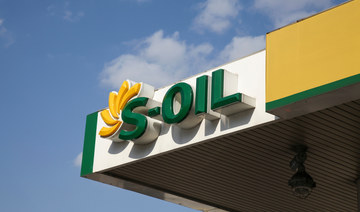LONDON: If the 2008 financial crisis is any guide, world markets — which have barely had time to recover from the dollar’s 9 percent surge in mid-March — may be set for another damaging bout of strength in the greenback.
In the 10 days from March 9, the dollar leapt against almost every other currency as companies and banks bought it to pay their creditors, trade partners and suppliers. Money market funding rates jumped and share prices plunged as those desperate for the US currency liquidated investments.
Such a spike in the dollar — the currency of choice in global commerce and investment, used in up to 90 percent of all FX transactions — is bad news, as it rapidly tightens financial conditions, exacerbating the very problems that policymakers are striving to prevent.
Since March 23, the surge has faded, as the US Federal Reserve cut interest rates again, injected trillions of dollars into the financial system and opened swap lines with other central banks to ease dollar strains overseas. Currency swap rates have calmed down and equities are rallying again.
But what if this is just a pause rather than a halt to the dollar’s upward path?
Brown Brothers Harriman strategist Ilan Solot, who worked at the Fed in 2008 as a currency trader, is among those expecting another bout of dollar strength.
“Policymakers understand the funding shortage problem well from the previous crisis and they have rushed to solve that, but this crisis could very well see a real economy shock,” he said.
Central bankers have repeated the stimulus playbook of 2008, but “this is a liquidity shock to the real economy, and we don’t know how that will play out,” Solot added.
Like many analysts, he suggests looking at the 2008 crisis.
Through all of 2007 and well into 2008, the dollar index fell steadily as hedge funds ramped up short positions despite growing unease over US subprime mortgages and the collapse of Bear Sterns. But from March to November 2008, the dollar rocketed 24 percent thanks to overseas demand.
And much like recently, money market rates soared.
Then Federal Reserve rate cuts and Washington’s $700 billion bank bailout bill kicked in; as the money market logjam eased, the dollar retreated and troughed on Dec. 18, 2008.
The respite was brief, however. The currency took off again, and rose another 15 percent before peaking in March 2009. That allowed equities and emerging markets to bottom out.
The uncertainty this time is that the twin demand and supply shocks caused by the virus could last indefinitely as millions more are sickened across the world. Companies and individuals trying to stay afloat are likely to hoard cash dollars.
A move higher now would also fit with the so-called Dollar Smile theory. Put forward by former Morgan Stanley strategist Stephen Jen, it holds that the greenback strengthens in tough times as investors rush for safe, liquid assets.
It then falls as US growth flags, forcing Fed rate cuts — the bottom of the smile — before rising again as the US economy leads the global growth rebound.
Jen, who now runs hedge fund and advisory firm Eurizon SLJ Capital, expects the US economy to stage a full recovery by the end of the year, while Europe will reclaim end-2019 levels only toward the end of next year.
“We were on the left side of the dollar smile, but for much of the second half of 2020 and in 2021,
I expect us to move to the right of the dollar smile,” he added.
And even after large rate cuts, dollar assets offer higher yields — the interest rate gap between three-month US and German bills offers a 1 percent return on an annualized basis.
Meanwhile, despite its retreat, the dollar is near the highest since 2002 against trade partners’ currencies, reviving speculation of Treasury intervention to rein it in. But the turbulent times make that unlikely.
“The historic rally is not quite over,” Goldman Sachs said, adding that in a further equity drawdown, there could be another 3 percent-
5 percent upside to the trade-weighted dollar from recent highs.
The coronavirus disruption also comes amid an increasingly fragile demand/supply balance in dollar markets.
For years tighter regulations have constrained US banks’ ability to lend dollars. But the currency’s role in international transactions hasn’t lessened, and that has led to a dollar funding gap — the difference between non-US banks’ dollar assets and their liabilities.
This imbalance may amount to $1.5 trillion a year, according to International Monetary Fund estimates.
Parts of the swap market reflect the unease — three-month dollar-yen swaps are at an elevated 44 bps versus an average 20 bps in 2019.
The FRA-OIS gauge of bank funding costs is at levels not seen since the financial crisis. Market players say that rather than interbank problems, its surge suggests unprecedented demand from companies that are drawing down credit lines and seeking to borrow more from banks.
Ariel Bezalel and Harry Richards, fund managers at Jupiter Asset Management, reckon the global economy is about to enter a period of persistent dollar shortages.
“There are simply not enough dollars going to the outside world at this critical juncture,” they wrote.
Sure, the Fed’s asset-buying, multi-trillion dollar cash injections and swaplines with foreign central banks will help. But it may be running to standstill.
The dollar was involved in
90 percent of currency transactions globally in a $6.6 trillion daily market, BofA noted, adding: “The reality is that the Fed is incapable of equilibrating supply/demand mismatches ... if there is a rush to hold US dollars.”
They predict the dollar index will rise eventually to 120 from the current 102, although they gave no time frame.



